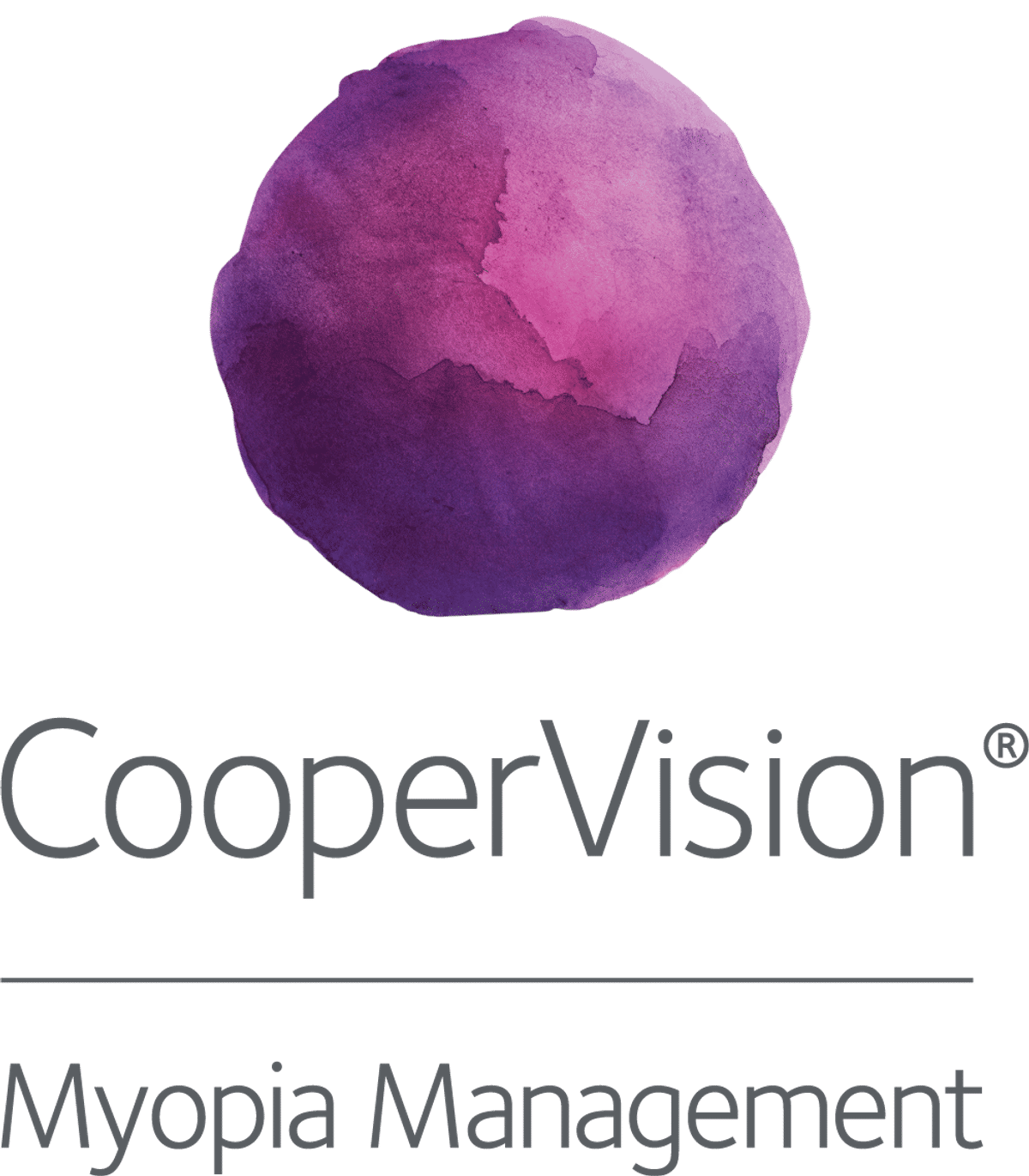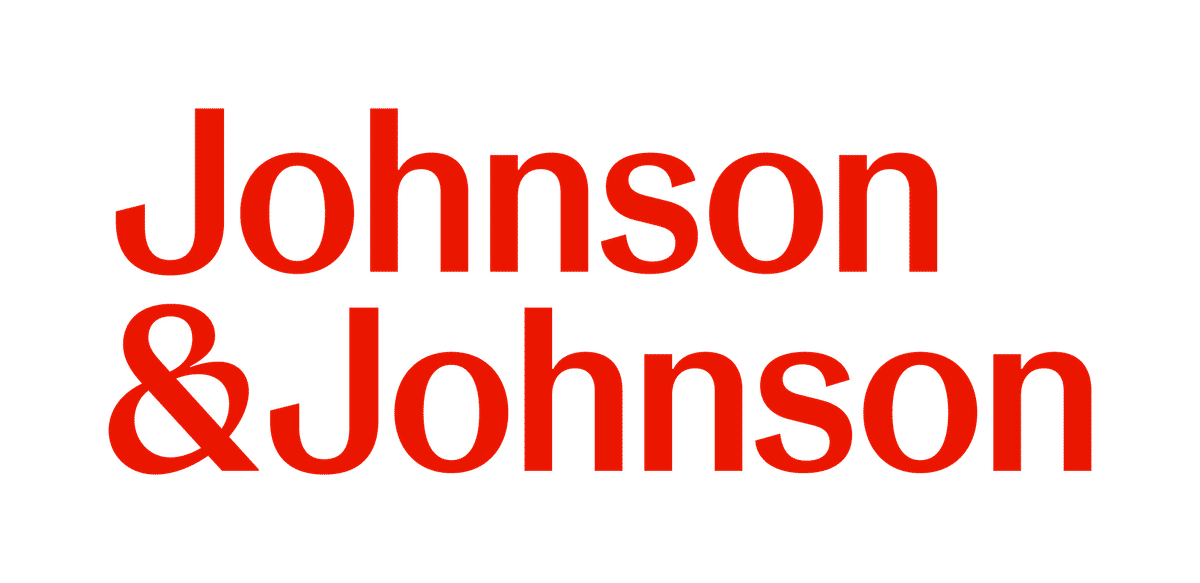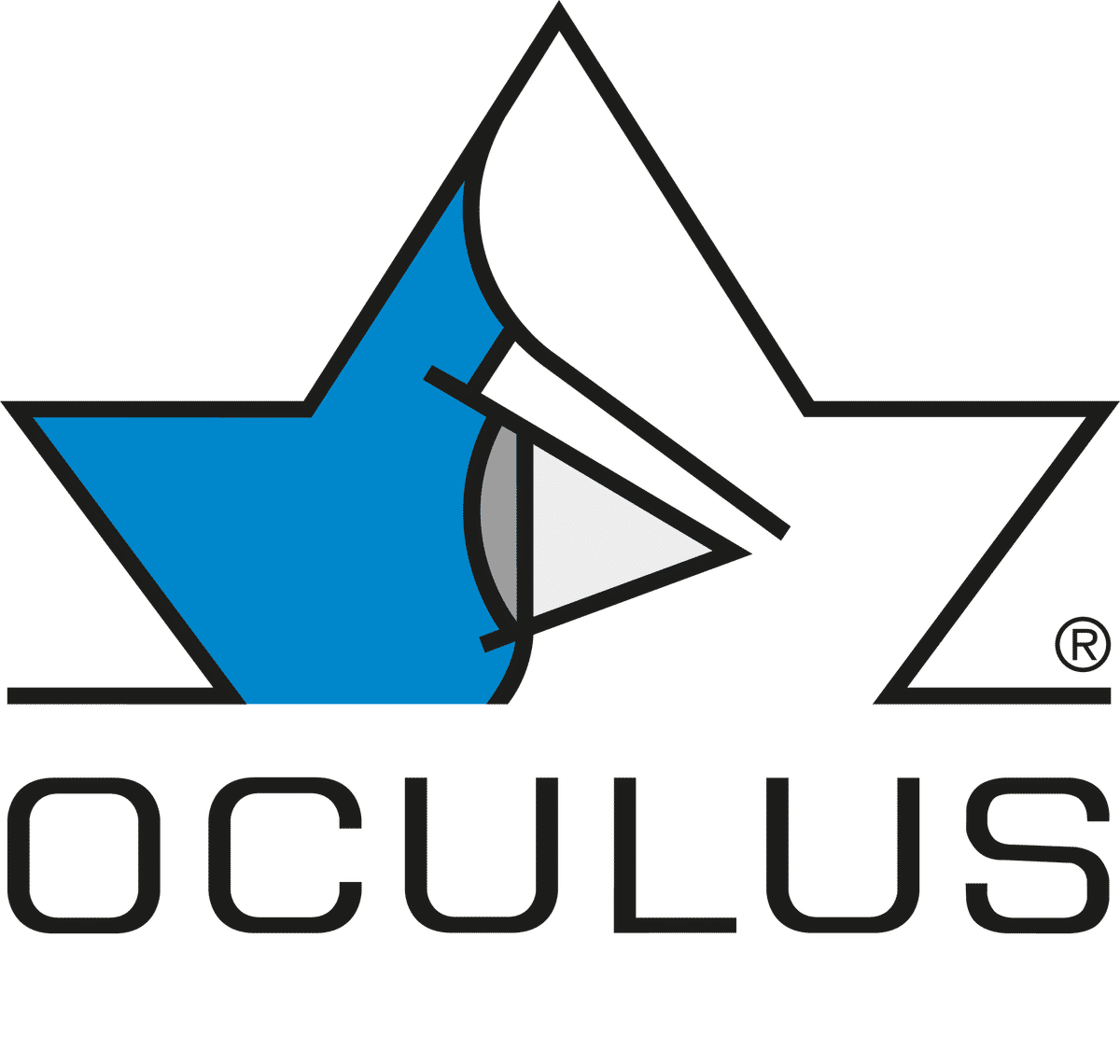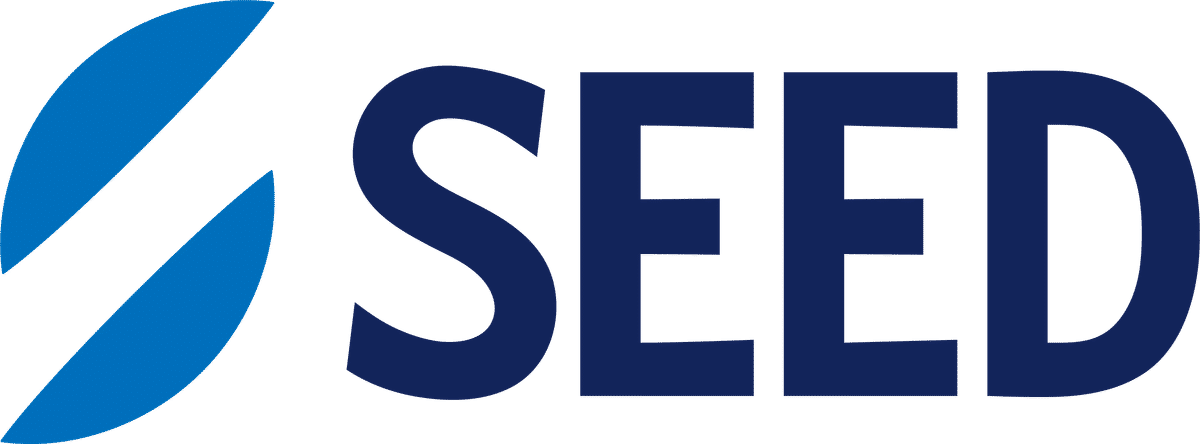Clinical
Explaining how myopia control works to parents

In this article:
This article goes through effective strategies to communicate myopia management to parents.
As clinicians, much of what we do each day can feel routine, shaped by years of education, clinical experience, and an understanding of the science behind our decisions. But for the parents we support, those same decisions can seem unfamiliar or unclear without careful explanation. This can be especially true when it comes to myopia control. While we recognise the importance of slowing myopia progression to safeguard long-term vision, many parents may simply believe their child “just needs a pair of glasses.”
Helping families understand how and why myopia control works is essential to building trust, encouraging adherence, and supporting the best outcomes for the child. In this article, we’ll look at how to communicate the science and purpose of myopia management in a clear, accessible, and reassuring way.
What is myopia?
When introducing the concept of myopia to parents, it’s important to keep the explanation simple and relatable. Start by describing myopia as a condition that causes blurry distance vision—often referred to as short-sightedness or near-sightedness. We then explain that children with myopia can usually see well up close (like reading a book), but things in the distance, such as the classroom whiteboard or TV screen, appear blurry.
To explain why this happens, you can say that myopia occurs when the eye grows too quickly and too long, or the cornea is too curved, which causes light to focus in front of the retina instead of directly on it.
You might also highlight how common myopia is becoming, noting that around 30% of the world population was myopic in 2016, and that figure is expected to rise to 50% by 2050. In most western countries this rate is already close to or exceeding 50%, and in Asian countries 60% or more.
It can also be helpful to mention the key contributing factors, including genetics,
Read our article The visual environment in myopia to learn more about outdoor time and near work parameters as myopia risk factors. The Myopia Profile Managing Myopia Guidelines Infographics also provide a specific information panel on myopia risk factors.
By framing the explanation in plain language and linking it to everyday experiences, clinicians can help parents build a clear understanding of what myopia is.
Why do we need to slow myopia progression?
It’s essential to help parents understand why slowing myopia progression matters—not only for their child’s vision today, but also for their lifelong eye health.
You can start by focusing on short-term benefits, which tend to be more tangible and motivating for parents. Myopia control can help reduce how often a child’s prescription needs to be updated, leading to more stable vision and fewer new pairs of glasses or contact lenses. This improved stability supports clearer vision between visits, fewer interruptions to learning and sports, and a better overall quality of life.
Once this foundation is laid, you can introduce the long-term value. Higher levels of myopia are associated with increased risks of sight-threatening ocular conditions later in life, including retinal detachment, myopic macular degeneration, glaucoma and early cataracts.
Throughout the conversation, aim to use positive, supportive language. Emphasising what treatment can do—rather than focusing on what could go wrong—helps avoid fear-based messaging and builds trust.
Image is panel 4 of the parent-facing side of the Managing Myopia Guidelines Infographic describing why myopia management is essential.
How can we slow myopia progression?
Once parents understand that myopia is likely to worsen over time, and why slowing progression is beneficial in the short-term and long-term, the next step is to introduce how we can actively manage it. There are now multiple evidence-based treatments available that can slow the rate of myopia progression.
You can begin by introducing the four main categories of myopia control treatments, using clear and simple explanations:
- Spectacle lenses designed for myopia control correct vision and include optical zones specifically designed to slow eye growth.
- Soft contact lenses for myopia control have dual-focus or multiple zones of focus are worn during the day, in daily or reusable modalities.
- Orthokeratology (ortho-k) lenses are rigid, breathable lenses worn overnight to gently reshape the cornea and provide clear vision during the day while also slowing progression.
- Low-dose atropine eye drops are typically used at night. Children using atropine still require vision correction.
For most children, optical treatments—spectacles, soft contact lenses, or ortho-k—are recommended as first-line choices as they can both correct vision and also provide the dual benefit of slowing progression. You might explain this by saying, “These options help your child see clearly and while also protecting their vision from worsening at a rapid rate.”
Parents may wonder why their child can’t simply wear “regular lenses” – i.e. single vision lenses. It can help to explain that while single vision lenses correct distance vision effectively, they don’t play any role in slowing down myopia progression.
Setting expectations and explaining full-time wear
To help parents understand effectiveness, it’s useful to explain that no treatment can stop progression entirely, but the best options have been shown to reduce progression by at least 50% when used consistently.
A key part of ensuring these interventions work effectively is ensuring full-time wear. For optical treatments to provide the most benefit, consistent wear is essential. Wearing myopia control spectacles or contact lenses for fewer than 12 hours per day, or removing glasses for near work, has been shown to reduce efficacy.
It can be helpful to use analogies—such as comparing it to taking a daily medication: “The medicine won’t work if you don’t take it.”
Providing resources
Helping parents feel informed and supported is an important part of successful myopia management. For many families, this may be the first time they’re hearing about myopia control or long-term treatment options, so offering clear and accessible resources can make a big difference.
One useful reference is MyKidsVision.org, a public education website that explains what myopia is, why it matters, and how it can be managed. It includes articles, videos, and a myopia risk assessment tool designed to help parents better understand their child’s eye health.
In the consultation room, the Managing Myopia Guidelines Infographics can serve as a helpful visual aid. These infographics outline key concepts such as managing the visual environment, available treatment options, risk factors, expected outcomes, and follow-up timelines. Using them during discussions can help you structure the conversation, reinforce key messages, and support parent understanding and recall after the appointment.
You can read up on how to use the infographics in our article Using the Managing Myopia Guidelines Infographics. There are also Parent Brochures available as take-home reading - both resources are available for free download in multiple language options from our Resource Centre.
Communication supports success
Clear, confident communication is at the heart of successful myopia management. While our clinical decisions may be based on years of experience and scientific evidence, these ideas are often new to parents. By focusing on practical benefits, reinforcing realistic expectations, and using visual tools and trusted resources, we can help families feel informed, supported, and motivated. Ultimately, empowering parents with knowledge strengthens their confidence in the treatment plan—and their partnership in protecting their child’s lifelong vision.
Meet the Authors:
About Jeanne Saw
Jeanne is a clinical optometrist based in Sydney, Australia. She has worked as a research assistant with leading vision scientists, and has a keen interest in myopia control and professional education.
As Manager, Professional Affairs and Partnerships, Jeanne works closely with Dr Kate Gifford in developing content and strategy across Myopia Profile's platforms, and in working with industry partners. Jeanne also writes for the CLINICAL domain of MyopiaProfile.com, and the My Kids Vision website, our public awareness platform.
References
- Fricke TR, Naidoo KS, Sankaridurg P, et al. Global Prevalence of Myopia and High Myopia and Temporal Trends from 2000 through 2050. Ophthalmology. May 2016;123(5):1036-42. [link]
- Pan CW, Ramamurthy D, Saw SM. Worldwide prevalence and risk factors for myopia. Ophthalmic Physiol Opt. Jan 2012;32(1):3-16. [link]
- Dutheil F, Oueslati T, Delamarre L, et al. Myopia and Near Work: A Systematic Review and Meta-Analysis. Int J Environ Res Public Health. Jan 2023;20(1). [link]
- Logan NS, Wolffsohn JS. Role of un-correction, under-correction and over-correction of myopia as a strategy for slowing myopic progression. Clin Exp Optom. Mar 2020;103(2):133-137. [link]
- Lingham G, Mackey DA, Lucas R, et al. How does spending time outdoors protect against myopia? A review. Br J Ophthalmol. May 2020;104(5):593-599. [link]
- Bullimore MA, Brennan NA. Myopia Control: Why Each Diopter Matters. Optom Vis Sci. Jun 2019;96(6):463-465. [link]
- Bullimore MA, Ritchey ER, Shah S, et al. The Risks and Benefits of Myopia Control. Ophthalmology. Nov 2021;128(11):1561-1579. [link]
- Shamaskin AM, Mikels JA, Reed AE. Getting the message across: age differences in the positive and negative framing of health care messages. Psychol Aging. Sep 2010;25(3):746-51. [link]
- Lam CSY, Tang WC, Tse DY, et al. Defocus Incorporated Multiple Segments (DIMS) spectacle lenses slow myopia progression: a 2-year randomised clinical trial. Br J Ophthalmol. Mar 2020;104(3):363-368. [link]
- Bao J, Huang Y, Li X, et al. Spectacle Lenses With Aspherical Lenslets for Myopia Control vs Single-Vision Spectacle Lenses: A Randomized Clinical Trial. JAMA Ophthalmol. May 2022;140(5):472-478. [link]
- Rappon J, Chung C, Young G, et al. Control of myopia using diffusion optics spectacle lenses: 12-month results of a randomised controlled, efficacy and safety study (CYPRESS). Br J Ophthalmol. Nov 2023;107(11):1709-1715. [link]
Enormous thanks to our visionary sponsors
Myopia Profile’s growth into a world leading platform has been made possible through the support of our visionary sponsors, who share our mission to improve children’s vision care worldwide. Click on their logos to learn about how these companies are innovating and developing resources with us to support you in managing your patients with myopia.












